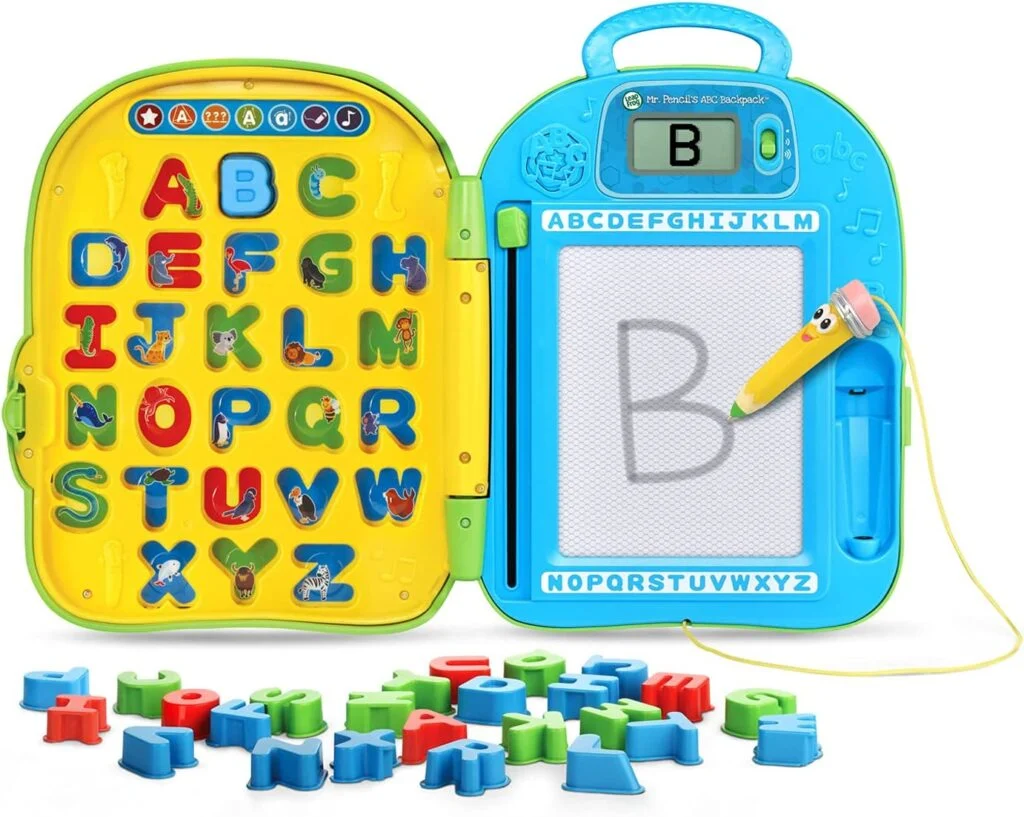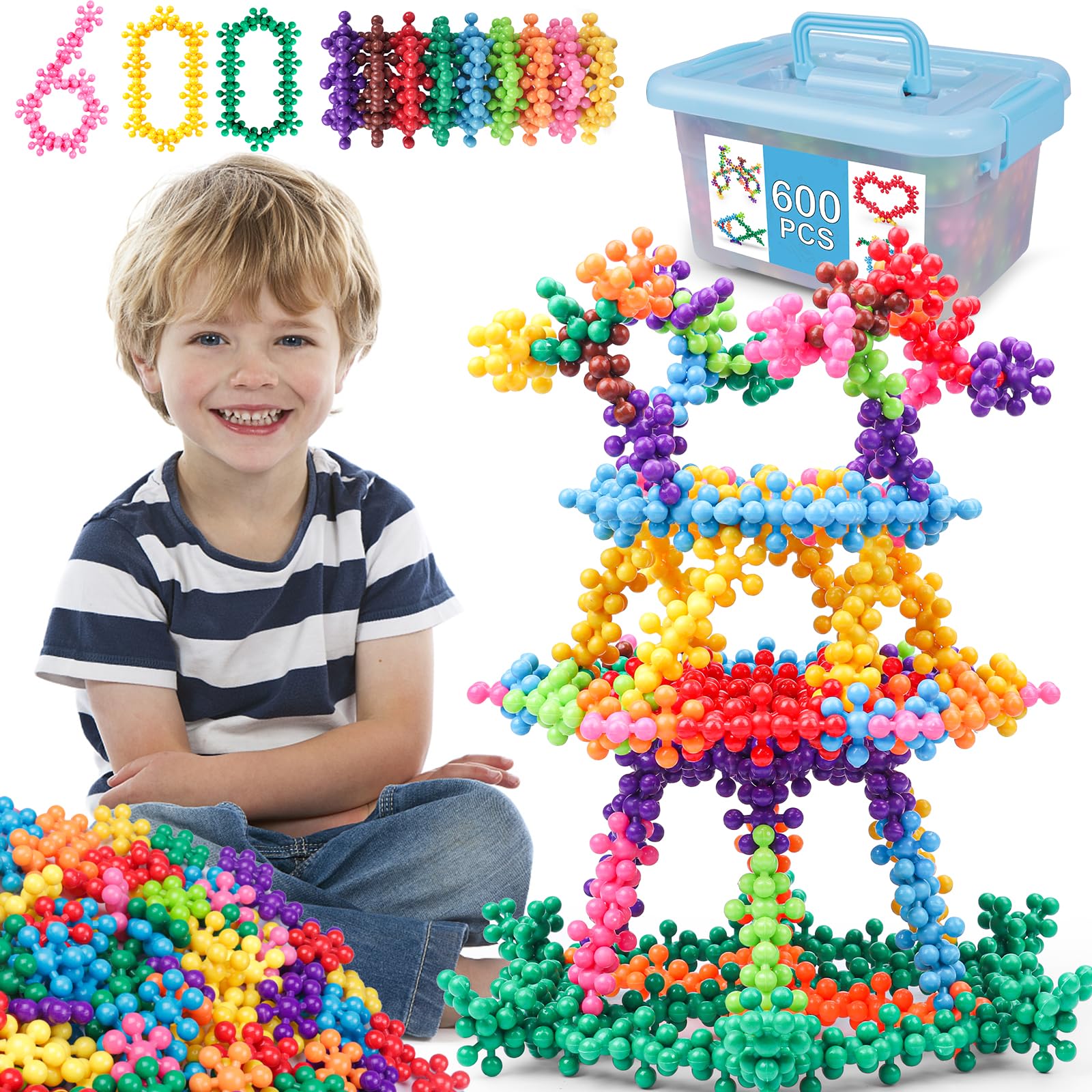The Power of Play: Unveiling the Magic of Educational Toys for Children
Play is not merely a pastime for children; it’s a fundamental right and a crucial element of healthy development. Through play, children explore the world around them, develop essential skills, and ignite their imaginations. Here, we delve into the captivating world of educational toys, exploring how they transform playtime into a springboard for learning and discovery.
Why Choose Educational Toys for Children?
Educational toys go beyond simple entertainment. They are specifically designed to nurture a child’s cognitive, physical, social, and emotional development in a fun and engaging way. Here’s a glimpse into the benefits of incorporating educational toys into your child’s playtime:
- Fueling Cognitive Development: Many educational toys introduce basic concepts like shapes, colors, numbers, and letters in a playful manner. Puzzles, building sets, and matching games challenge problem-solving skills, critical thinking, and lay the foundation for future academic success.
- Boosting Motor Skills: From grasping and stacking blocks to pouring and sorting objects, educational toys encourage the development of fine and gross motor skills. These skills are essential for everyday tasks like writing, dressing, and playing sports.
- Nurturing Social and Emotional Development: Playing with educational toys alongside other children fosters social skills like sharing, taking turns, and cooperating. These interactions also contribute to emotional development by helping children express their feelings and build self-confidence.
- Sparking Creativity and Imagination: Educational toys can provide endless opportunities for imaginative play. Building sets transform into fantastical castles, blocks become roads for miniature cars, and dolls inspire tea parties and role-playing scenarios. This imaginative play fuels creativity and allows children to express themselves freely.
Choosing Wisely: Educational Toys Tailored for Different Age Groups
With a vast array of educational toys available, selecting the right ones can feel overwhelming. Here’s a breakdown of some popular categories suited for different age groups:
For Curious Toddlers (1-3 Years):
- Stacking Cups: Look for brightly colored stacking cups with various sizes and textures. Some stacking cups nestle inside each other, while others have different bases that require strategic stacking. Choose cups with numbers or letters printed on them to introduce early learning concepts in a fun way.
- Shape Sorters: Opt for shape sorters with chunky shapes like circles, squares, and triangles that are easy for toddlers to grasp and maneuver. Consider shape sorters with multiple sorting holes or sound effects to add an extra layer of challenge and engagement.
- Activity Cubes: Choose activity cubes with a variety of features like textured surfaces, doors that open and close, gears that turn, and mirrors. These features encourage exploration, fine motor skills development, and problem-solving skills as toddlers experiment with cause and effect.
For Explorative Preschoolers (3-5 Years):
- Building Sets: Building sets come in various forms, from simple wooden blocks to elaborate construction sets with themes like animals, vehicles, or even famous landmarks. Consider your child’s interests when choosing a set and opt for age-appropriate difficulty levels to avoid frustration.
- Puzzles: Explore puzzles with different numbers of pieces, materials (like wood or foam), and themes that capture your child’s imagination. Look for puzzles with chunky pieces that are easy for young children to handle and complete.
- Matching Games: Matching games can feature various themes like animals, colors, shapes, or everyday objects. Choose games with memory elements, where children need to remember the location of matching pairs, to challenge their cognitive skills and memory.
For Inquisitive School-Aged Children (6-8 Years):
- Science Kits: Science kits come in diverse themes, from exploring the human body to uncovering the secrets of electricity. Choose a kit that aligns with your child’s specific interests and provides clear instructions and age-appropriate experiments. Consider kits that are reusable or allow for open-ended exploration to encourage creativity and scientific thinking.
- Coding Games: Coding games can be screen-based or involve physical coding robots. Choose games that start with basic coding concepts like sequencing and progress to more complex algorithms as your child’s skills develop. Look for games that offer visual representations of coding to make learning more accessible and engaging.
- Board Games: Opt for cooperative board games that encourage teamwork and collaboration, or choose strategic board games that challenge problem-solving skills and critical thinking. Consider the number of players and the time commitment required for each game to ensure it aligns with your family’s preferences and game nights.
Remember, this is not an exhaustive list, and there are countless options available within each category. It’s important to consider your child’s specific needs, interests, and learning style when choosing educational toys to ensure they are engaging and promote development in a fun and meaningful way.
Beyond the Toy Box: Maximizing the Learning Potential of Play
While choosing the right educational toys plays a crucial role, maximizing their learning potential lies in how we interact and engage with our children during playtime. Here’s a deeper exploration of the tips mentioned earlier, with additional strategies to further enhance the learning experience:
1. Get Down on Their Level
- Narrate your actions and encourage storytelling: As you play with your child, describe what you’re doing and encourage them to do the same. This helps develop language skills and vocabulary. For example, while building blocks, say, “I’m putting the red square on top of the blue rectangle. What can you build?”
- Use open-ended language and ask questions: Instead of giving direct instructions, ask open-ended questions that spark critical thinking and creativity. For example, instead of saying “Build a tower,” ask “What can we build with these blocks? Can you build something tall? Something wide?”
2. Make Connections to the Real World
- Plan activities around the toy: After playing with a doctor’s set, pretend to visit a doctor and role-play a check-up. This reinforces the learning experience and provides context to the play.
- Visit museums, parks, or libraries: Connect their playtime experiences to real-world situations. After playing with a dinosaur set, visit a natural history museum or read books about dinosaurs. This reinforces their learning and fosters a sense of wonder and exploration.
- Incorporate everyday objects: Use everyday objects in imaginative play. Turn cardboard boxes into cars, turn blankets into forts, and use kitchen utensils as musical instruments. This encourages creativity and resourcefulness.
3. Ask Open-Ended Questions
- Ask “why” and “how” questions: These encourage deeper thinking and problem-solving skills. For example, after building a tower with blocks, ask “Why did your tower fall down?” or “How can we make the tower stronger?”
- Encourage explanations and storytelling: After completing a puzzle, ask them to explain how they solved it or create a story around the picture. This promotes critical thinking and communication skills.
4. Embrace the Learning Journey
- Focus on the process, not just the end result: Celebrate their effort and problem-solving skills throughout the play, not just the finished product. This fosters a love for learning and perseverance.
- Offer guidance and support, not solutions: If they face challenges, offer guidance and support instead of directly providing the answer. This helps them develop problem-solving skills and critical thinking independence.
- Make mistakes learning opportunities: View mistakes as natural stepping stones in the learning process. Use them as an opportunity to teach and discuss alternative approaches.

By incorporating these expanded tips and actively engaging with your child during playtime, you can transform educational toys into powerful tools for igniting curiosity, fostering a love for learning, and creating lasting memories. Remember, play is not just about the toy; it’s about the connection, exploration, and joy of the shared experience.
